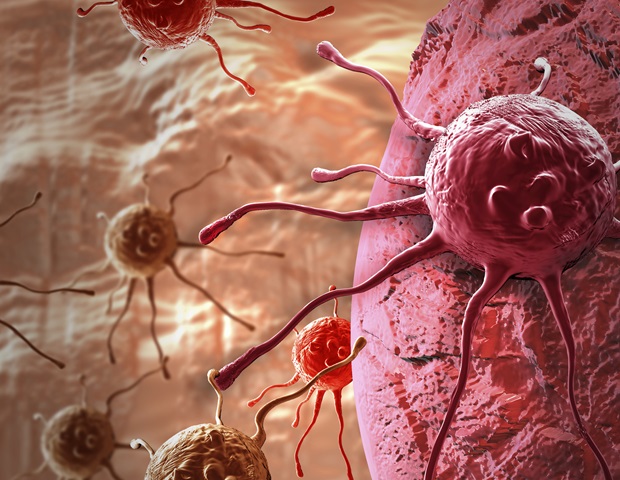
As global cancer cases surge, the disease’s complexity presents significant challenges for scientific advancements in diagnosis and treatment. In this landscape, artificial intelligence (AI) emerges as a pivotal tool, enhancing the ability to predict and detect cancer cases. A groundbreaking AI tool, developed by Brazilian and Polish researchers, promises to significantly contribute to this process.
This innovative machine learning model predicts the aggressiveness of certain tumors by identifying specific protein markers. It generates a “stemness index” ranging from zero to one, where zero indicates low aggressiveness and one signals high aggressiveness. As the index increases, the cancer tends to become more aggressive, resistant to drugs, and more likely to recur.
Understanding the Stemness Index
The stemness index reflects how closely tumor cells resemble pluripotent stem cells, which have the potential to transform into nearly any cell type in the human body. As cancer progresses, malignant cells diverge from the tissue of origin, exhibiting self-renewal and an undifferentiated phenotype. This tool, developed using data from the Clinical Proteomic Tumor Analysis Consortium (CPTAC), analyzes over 1,300 samples from various cancers, including breast, ovarian, lung, and pancreatic.
By integrating the protein expression-based stemness index (PROTsi) with proteomic data from 207 pluripotent stem cells, researchers identified proteins that drive tumor aggressiveness. These proteins could become targets for new therapies, advancing both clinical treatment development and personalized cancer therapy.
Scientific Validation and Expert Insights
The study’s findings, published in the journal Cell Genomics, highlight the potential of this AI tool. Professor Tathiane Malta of the Ribeirão Preto Medical School at the University of São Paulo, a leading researcher in the study, explained, “Many of these proteins are already targets of drugs available on the market. They can be tested in future studies based on this identification.”
“We arrived at them by associating the stemness phenotype with tumor aggressiveness,” Professor Malta told Agência FAPESP.
Malta, along with Professor Maciej Wiznerowicz from Poznan University of Medical Sciences, co-authored the article. Supported by FAPESP through the Young Investigators Grant program, Malta has been recognized for her contributions to science, particularly in promoting women’s participation.
Historical Context and Research Evolution
In 2018, Malta was the first author of a pivotal article in Cell, stemming from her postdoctoral research. Her team developed a stemness index to objectively measure the similarity between tumor samples and pluripotent stem cells. Initially using The Cancer Genome Atlas (TCGA) database, the team has now expanded their research using the CPTAC database, focusing on proteomics for treatment possibilities and clinical applications.
PROTsi has shown a positive correlation with previously published transcriptome-derived stemness scores, proving more effective in distinguishing between tumor and non-tumor samples.
Implications for Cancer Treatment
Renan Santos Simões, co-first author of the article, emphasized the importance of understanding tumor progression and resistance mechanisms. “Science advances slowly, carefully, and is built by many hands. It’s gratifying to realize that we’re contributing to this process,” he stated.
On World Cancer Day, the World Health Organization (WHO) highlighted the alarming rate of cancer diagnoses worldwide, with 40 people diagnosed every minute. The disease remains a leading cause of death, particularly affecting younger populations. A 2023 study in BMJ Oncology noted a 79% increase in early-onset cancer among adults under 50 from 1990 to 2019.
Future Directions and Continuing Research
During validation, PROTsi consistently performed across multiple datasets, distinguishing between stem and differentiated cells. It showed predictive ability in uterine and head and neck cancers and was particularly effective in higher-grade tumors like adenocarcinoma and pediatric brain cancer.
“We sought to build a model applicable to any cancer, but found it works better for some than others,” said Malta. “We’re making a data source available for future work.”
The USP group is currently testing additional computational models to enhance predictive accuracy. As this research progresses, it holds the promise of significantly improving cancer treatments and patient quality of life.





